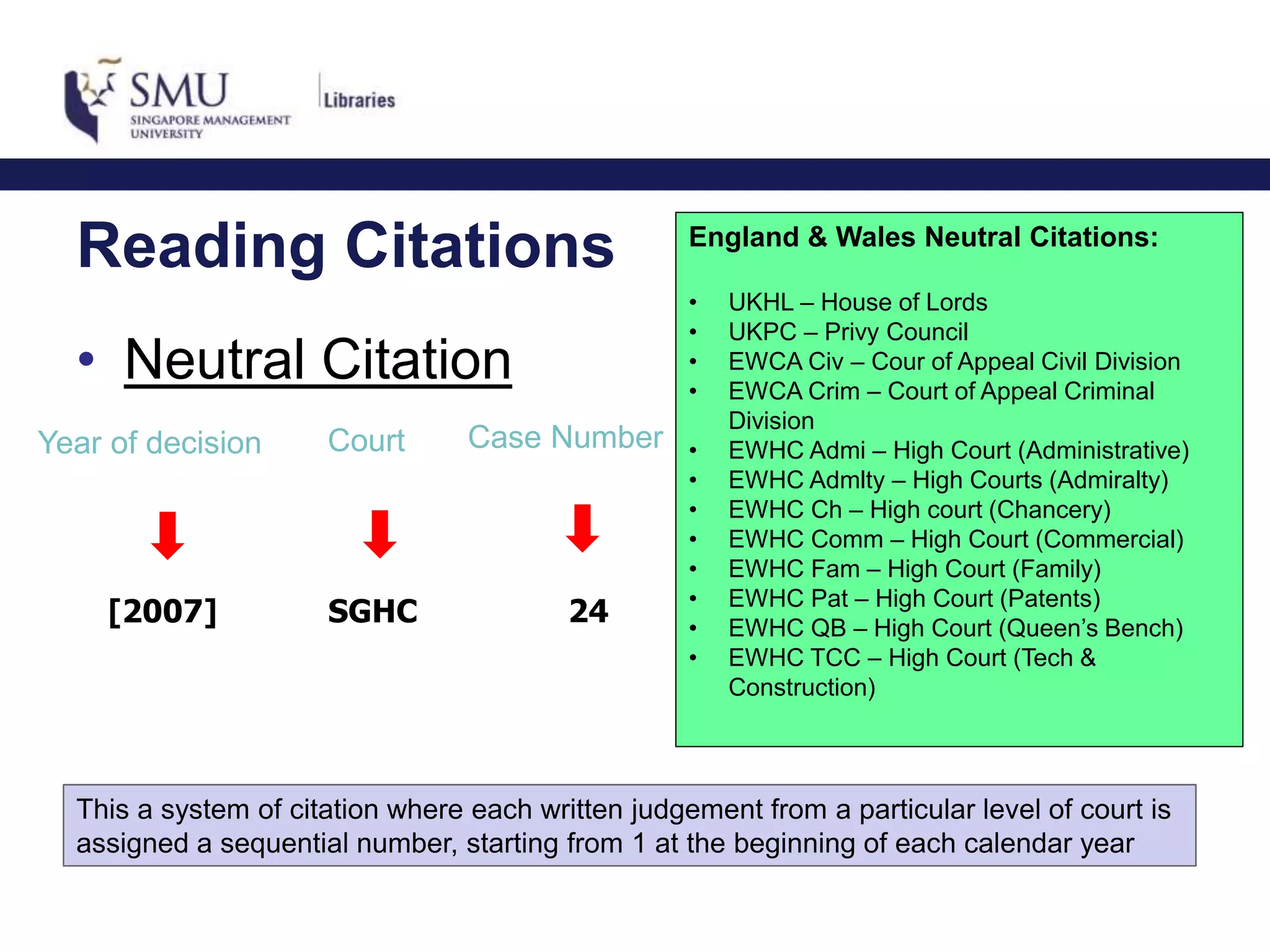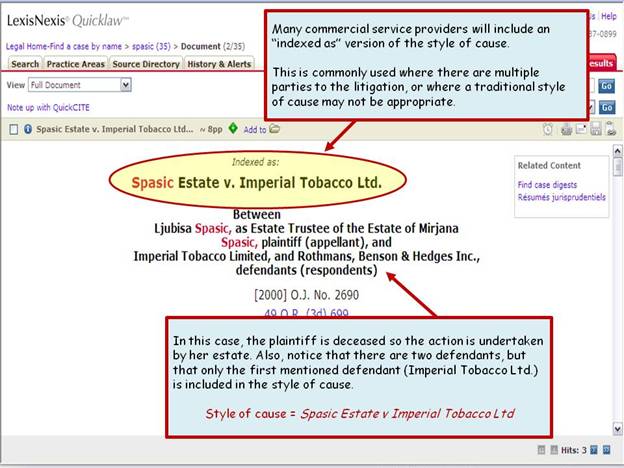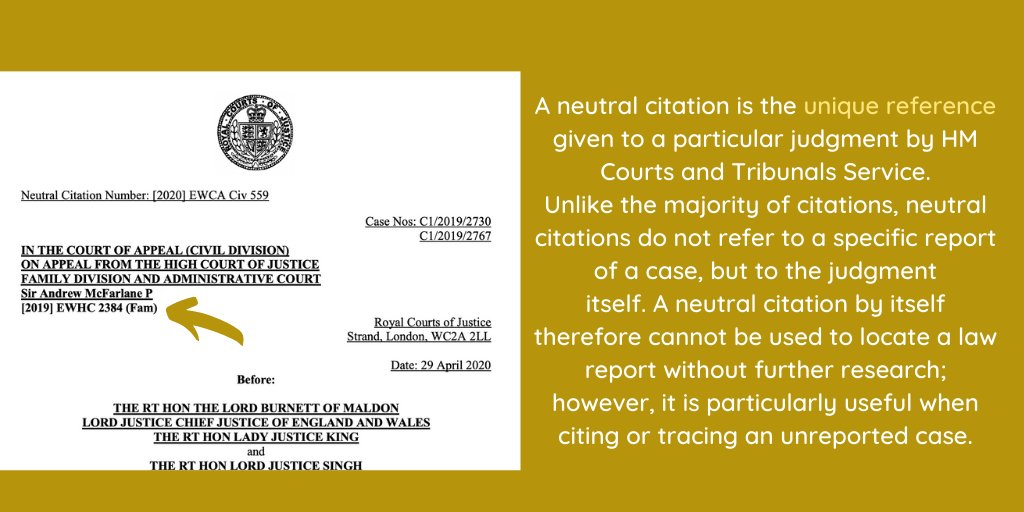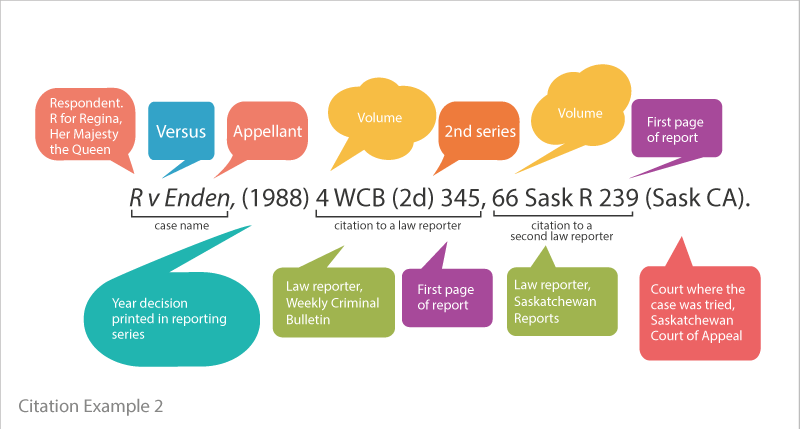Neutral citation is a system of legal citation that identifies a legal authority by a standardized legal citation, rather than by the name of the reporter in which the authority was published. The purpose of neutral citation is to provide a consistent and reliable way to locate legal authorities, regardless of the source in which they were published.
The use of neutral citation has become increasingly widespread in common law jurisdictions, particularly in Canada, Australia, and the United Kingdom. In these jurisdictions, neutral citation is often used in conjunction with traditional legal citation, which identifies legal authorities by the name of the reporter in which they were published, as well as the volume and page number.
One of the main advantages of neutral citation is that it allows legal authorities to be located more easily and efficiently. Because the neutral citation does not change, regardless of the source in which the authority is published, it is much easier for lawyers and legal researchers to find and cite legal authorities. This can save time and resources, and make it easier for lawyers to stay up-to-date on the latest legal developments.
Another advantage of neutral citation is that it promotes the use of electronic legal resources. With traditional legal citation, it can be difficult to locate legal authorities in electronic databases, because the citations are not standardized. With neutral citation, it is much easier to search for legal authorities using electronic legal resources, because the citations are consistent and standardized.
Despite the benefits of neutral citation, there are some criticisms of the system. Some argue that it is too rigid and inflexible, and that it does not adequately account for the different ways in which legal authorities are cited in different jurisdictions. Others argue that it is too costly and time-consuming to implement, and that it is not worth the effort given the benefits it provides.
Overall, neutral citation is a valuable tool for legal citation that has become increasingly popular in common law jurisdictions. It provides a consistent and reliable way to locate legal authorities, and promotes the use of electronic legal resources. While there are criticisms of the system, it is generally seen as a useful tool that can improve the efficiency and effectiveness of legal research and citation.

.jpg)





